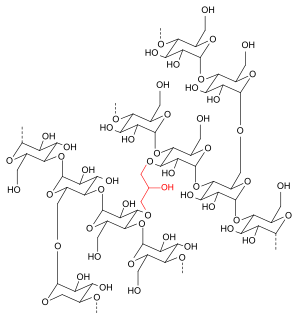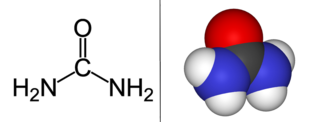 W
WCrocodile oil is extracted from the fatty tissues of crocodiles. Crocodile fat is a product of commercial farming, evident in Thailand. Historically, for centuries crocodile oil has been used by traditional practitioners across the globe, including Chinese Traditional Medicine, Southeast Asia, Ancient Egypt. Crocodile oil was found to be used since the 19th century for different purposes in different cultures. Due to the oil’s components, its richness in monounsaturated and polyunsaturated fats, it is today commonly used as ointment for treatment of skin conditions, skin structure enhancement, collagen deposition, and medicine for illnesses. In recent times, the use of crocodile oil has invited criticism from the use of crocodile oil as there is an increased demand for cruelty-free and vegan-friendly beauty products in consumers of today’s society.
 W
WDextranomer is a cicatrizant used in dressings for wound healing, and in pharmaceutical products to treat fecal incontinence. It consists of dextran polymer chains cross-linked into a three-dimensional network.
 W
WDiphenylcyclopropenone (diphencyprone) is a topically administered experimental drug intended for treating alopecia areata and alopecia totalis. Topical immunotherapy using diphenylcyclopropenone may also be an effective treatment option for recalcitrant warts. It is not approved by either the Food and Drug Administration or the European Medicines Agency.
 W
WEnoxolone is a pentacyclic triterpenoid derivative of the beta-amyrin type obtained from the hydrolysis of glycyrrhizic acid, which was obtained from the herb liquorice. It is used in flavoring and it masks the bitter taste of drugs like aloe and quinine. It is effective in the treatment of peptic ulcer and also has expectorant (antitussive) properties. It has some additional pharmacological properties with possible antiviral, antifungal, antiprotozoal, and antibacterial activities.
 W
WEthyl lauroyl arginate (LAE) is a food preservative more commonly known as E243.
 W
WIngenol mebutate is a substance that is found in the sap of the plant Euphorbia peplus, commonly known as milkweed, and is an inducer of cell death. A gel formulation of the drug has been approved by the U.S. Food and Drug Administration (FDA) and by the European Medicines Agency (EMA) for the topical treatment of actinic keratosis. Two different strengths of the gel have been approved for use on either the face and scalp (0.015%) or the trunk and extremities (0.05%), respectively. The drug has been withdrawn from the market in the EU.
 W
WJasminum officinale, known as the common jasmine or simply jasmine, is a species of flowering plant in the olive family Oleaceae. It is native to the Caucasus, northern Iran, Afghanistan, Pakistan, the Himalayas, Tajikistan, India, Nepal and western China. The species is also widely cultivated in many places, and is reportedly naturalized in Spain, France, Italy, Portugal, Romania, Croatia, Bosnia and Herzegovina, Montenegro, Serbia, Algeria, Florida and the West Indies.
 W
WTea tree oil, also known as melaleuca oil, is an essential oil with a fresh camphoraceous odor and a colour that ranges from pale yellow to nearly colourless and clear. It is derived from the leaves of the tea tree, Melaleuca alternifolia, native to southeast Queensland and the northeast coast of New South Wales, Australia. The oil comprises many constituent chemicals and its composition changes if it is exposed to air and oxidizes.
 W
WUrea, also known as carbamide-containing cream, is used as a medication and applied to the skin to treat dryness and itching such as may occur in psoriasis, dermatitis, or ichthyosis. It may also be used to soften nails.